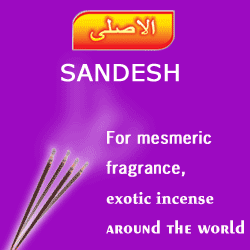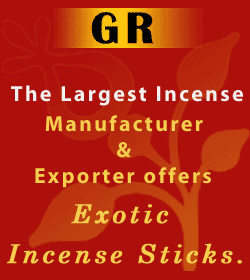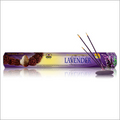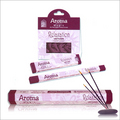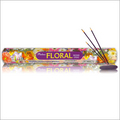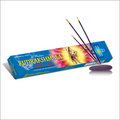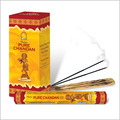|
|
| |
| Padma Perfumery Works Replenish your senses! |
| Rose Incense |
White Musk Incense |
Al Oudh Incense |
Sheik Al Arab Blue |
Jasmine Incense |
|
|
|
|
|
 |
 |
 |
 |
 |
|
|
|
| Home |
 |
Forms Of Incense |
|
Forms Of Incense
Although there are different types of incense depending on their shapes and degrees of processing, these aromatic products can be categorized in two chief types based on on their nature of combustion - Direct burning or Indirect burning. Even though preferences vary individually and culturally, direct burning incense are more widely used due to their even, sustained and stable burning properties and also because they are easy to use and requires very little preparation before using.
Direct burning or combustible incense
Combustible incense are normally lit by a source of flame and then blown or fanned out. The burning ember on the incense will burn Direct burning or combustible incense away the rest of the incense without the intervene of any external heat source.
|
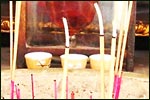 |
Indirect burning or Non Combustible Incense
Non-combustible incense are basically powdered, paste or granular mixture of aromatic herbs and spices in their raw form. They are Indirect burning or non-combustible incensenot shaped into any particular form and hence is not suitable for direct burning.
|
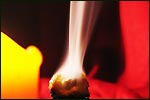 |
Composition
A wide variety of materials, both natural and processed, have been used to make incense since ancient times. In its earliest days, these aromatic wonders were used more in the form of raw wood, herbs, leaves, seeds and spices which was added to fire to summon an individual's chosen deity or spirit guides.
|
 |
|
|
|


